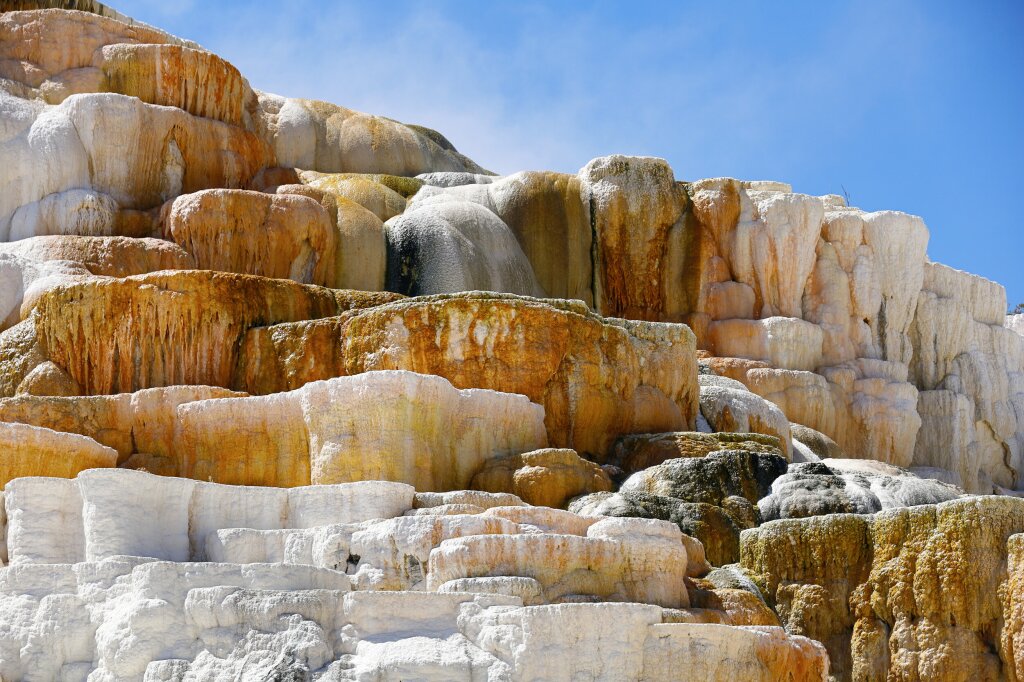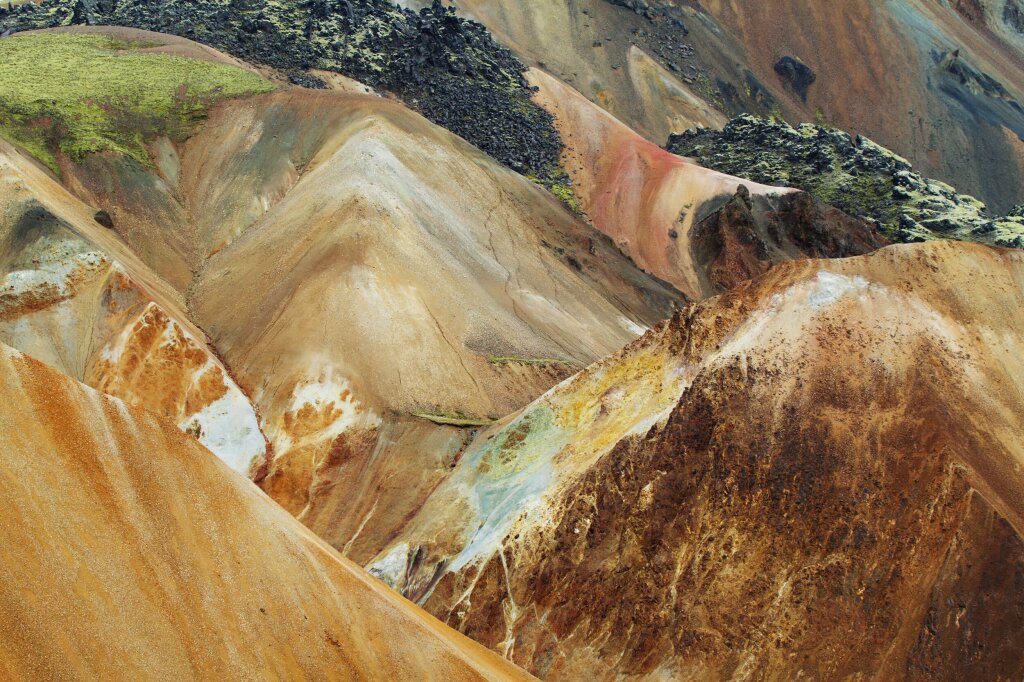Why do we need permanent storage of CO₂?
Carbon dioxide (CO₂) is a greenhouse gas that traps heat and warms the planet. For over a hundred years, it has been extracted from the deep underground in the form of fossil fuels, effectively moving carbon from the slow into the fast carbon cycle, and thus, instigating climate change. CO₂ is not the only gas contributing to climate change. Still, it accounts for 81 percent of all greenhouse gas emissions and can linger in the atmosphere for thousands of years (for comparison, methane has a lifetime of a decade). Plants, trees, and algae transform CO₂ (and water) into biomass and oxygen through photosynthesis, and the ocean absorbs and stores CO₂ in ocean sinks. However, nature cannot bear the rising levels of human-made emissions and that is why we need massive and rapid efforts to reduce emissions. In addition, and as stated by the IPCC, we need to capture and remove CO₂ from the air in order to balance remaining emissions and a likely overuse of the remaining emission budget. This can be done by, for example, combining direct air capture with geological CO₂ storage (DAC+S): CO₂ is captured from air by DAC facilities, which can then be permanently stored, resulting in carbon dioxide removal.
Geological storage of CO₂ as a permanent storage solution
CO₂ storage happens naturally within the biosphere (biomass on land and in soil and oceans) in trees, soils, the oceans, and the lithosphere (rocks on the surface and underground). Climeworks focuses on geological storage, as this is the most permanent form of storage, with the intent of moving the carbon back into the lithosphere, and thus, the slow carbon cycle. CO₂ is and has been naturally stored within the lithosphere worldwide. Most prominently, it can be found in fossil resources on any continent. However, it also naturally mineralizes as it crystallizes with certain minerals and changes phase from gaseous to a solid material, such as carbonates. This happens above and below the ground and contributes to the formation of amazingly beautiful landscapes, as seen in Oman or the Yellowstone National Park. Scientific estimates show that the global potential for geological storage of CO₂ outweighs all greenhouse gases ever emitted since the Industrial Revolution by a factor of 3 (CDR Primer).

Geological storage in suitable rock formations deep underground is seen as the safest, most scalable, and permanent approach of CO₂ storage as it is based on a natural process, which is why Climeworks focuses on it to perform high-quality, high-integrity carbon removal.
What criteria should geological storage solutions fulfill?
Natural CO₂ storage serves as a blueprint for managed CO₂ storage in geological formations. Suitable geological sites include a porous and permeable reservoir rock that provides the required storage volume in the form of microscopic rock pores (e.g., a sandstone formation) and an impermeable (“tight”) caprock above it (e.g, a shale formation). The typical depth of CO₂ storage reservoirs is 800 to 2500 meters (2600 to 8200 feet) below ground. The following four natural mechanisms, so-called “trapping” mechanisms, help to ensure safe and permanent storage and prevent CO₂ from re-entering the atmosphere:
Structural & stratigraphic trapping in the form of one or more impermeable rock formations ("caprocks"). These formations lie above the reservoir that contains the CO₂ and inhibit the CO₂’s tendency to move upwards. These impermeable rock formations can be hundreds of meters thick, and there are often several caprock formations above a reservoir.
Residual CO₂ trapping occurs as the CO₂ moves within the porous reservoir rock. Some of the CO₂ will be left behind as disconnected or remaining droplets in the pore spaces, which are perfectly immobile by an interaction of surface tension and viscous forces.
Solubility trapping means that the CO₂ dissolves in the saline formation water that is naturally present in the underground reservoir (making it a slightly fizzy brine). The CO₂ is thus no longer present as a separate phase; it unifies with existing geological brine. Thereby, the CO₂’s tendency to move upwards is eliminated due to the resulting solutions’ higher density.
The final step, mineral trapping, relies on long timescales: the CO₂ contained in the formation water will undergo another geochemical reaction and mineralize towards stable carbonates, just as the ones known from above-ground mineralization in Oman and Yellowstone National Park.

How safe is geological storage of CO₂?
Proper characterization of the geological reservoir prior to CO₂ injection is mandatory to ensure containment by the caprock. If a reservoir fulfills the required criteria, geological CO₂ storage is permanent by design, and leakage only occurs in the case of unexpected failure. The low risk of leakage occurs mainly in the first years of CO₂ injection and further decreases with time.[1,2] The techniques that enable the storage of CO₂ deep underground have been developed and used for decades in geothermal energy and, although for very different purposes, in the oil and gas industry. CO₂ storage has been proven to be technologically feasible and can also be economically viable.[1,3]
Examples of managed geological storage
Based on the aforementioned four trapping mechanisms, a wide range of managed CO₂ storage projects was able to successfully imitate natural geological CO₂ storage. Here are two prominent examples:
Sleipner
Probably the most prominent project is the Sleipner Project in the North Sea: this project is injecting roughly 1 million tons of CO₂ annually into a saline aquifer offshore at approximately 1 km below the seafloor (into the Utsira sandstone formation) since 1996. Like several dozen others, this project demonstrates that geological CO₂ storage is technically mature, can be managed with high safety standards, and results in a de facto permanent removal of atmospheric CO₂.
Globally, there are currently 37 operational, commercial CO₂ capture and storage projects worldwide, covering all continents except Antarctica. [Source: Global CCS Institute, Facility database, https://co2re.co/FacilityData, accessed July 4, 2023]
Carbfix

Carbfix
Our CO₂ storage partner Carbfix in Iceland permanently stores CO₂ thanks to rapid underground carbon mineralization. CO₂ is stored via injection into reactive rocks, such as mafic or ultramafic rocks that accelerate the natural mineralization process (the fourth trapping mechanism), i.e., the injected CO₂ turns into stone. This process is further promoted by dissolving CO₂ into water before its injection, achieving solubility trapping (the third trapping mechanism) immediately and mineral trapping within a few years. Carbfix’s approach results in a negligible risk of leakage both i) over the short term, due to the dissolution of CO₂ in water, and ii) over the long term, due to the conversion of the CO₂ into carbonate minerals.

As Climeworks continues to scale internationally, we will partner with CO₂ storage providers for the permanent and safe removal of CO₂. Proper site selection is a key priority for Climeworks: we only partner with CO₂ storage providers that follow best practices in reservoir characterization and monitoring, and strict engineering and safety protocols at their storage sites.
Lead the race toward net zero
High-quality carbon removal for your climate strategy.
